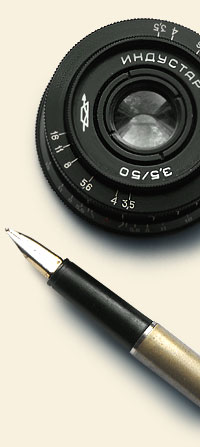Original Antiques found in Buenos Aires
The early 1900s brought new air into the world of arts and crafts. Modern times had arrived and nothing would ever be the same again. If for the world of economy and politics it had all began several centuries ago, in the world of arts it was just beginning.
A new look upon nature and life, an innovative application of ancient techniques, the perceptive eye begins to train in order to captivate the fast and strong movement of modernity; Art deco sculptures and artists work under this haven.
The modern application of chryselephantine is not only Art Deco's trademark, but in many ways it's heart and soul. The nobility and natural-sophistication of ivory blending with modernity's icon shiny metal in a clean line composition are the raw materials upon which the artist plays his and her magic.
The ancient Greek origin of this technique is illustrative of the cultural intentions behind Art Deco movement, the intrinsic cultural value within the cradle of Western civilization, the Greek art - is lifted into a higher level whilst applied to the fast and furious 20th century.
Embodying a time gap link (avoiding the darkness within the Middle Ages) these art deco sculptures are natural, hieratic, stylish and in many ways erotic. Socially adapted to the fact that this was the age of consumption, art in this way - begins to be available to the educated masses' of the middle classes around the world as decorative items.
As much as Degas was fascinated by the blend of art, hard work and body building in ballet, and expressed his admiration in his art; during the 19th century, Gerdago and Gustave Schmidtcassel crafted chryselephantine ballerinas of sharpen gestures and spectacular movements frozen at the specific moment of climax.
Claire-Jeanne-Roberte Colinet a superlative Frenchwomen artist also executed superb dancing figures in clean lines and detailed expressions. A trademark of hers is the fact that she generally avoided the use of polychrome.
Dimitri Chiparus, Rumanian of origin Frenchman by choice, was indeed a fabulous artist. He was amazingly prolific, especially considering the fact that he did not stick to one specific theme. From children to religious sculptures he found inspiration mainly in the way illustrated men had perceived nature by means of religion, mythology and folklore. Once again in the world of chryselephantine, dancers are the key theme
Ferdinand Preiss' work evidences a superlative craftsmanship at the same time that an anticipatory preference for hyperrealism that would stand strongly in the decades to come.
Joseph Lorenzl is an Austrian outstanding artist; one of the best well known and most prominent sculptors of the time. His women were idealized and perfect featuring mainly that slim boyish shape that was so in at the time. His beauties are usually nude, seductive and erotic in a subtle way.
The brief list and description above considers only some of the most prominent artists of the time, however it?s indeed illustrative of the predominant theme and technique.
These, unlike many collectibles and antiques of our days, were very much appreciated objects of their time. The fact that less than 80 years after their social and cultural peak they have become coveted antiques lays on the fact that the inventory of these exquisite items was devastated by the Second World War. A great majority was destroyed during the bombings and riots, but another important number was unassembled and melted for the bronze within (this was a material in high demand for weapon production).
Notwithstanding there was a number of pieces that survived, hence the high demand and prices. These are truly rare and amazing findings for art dealers, antiquarians and museum experts, not available for every one? No wonder why private collectors have been paying exorbitant prices for major pieces.
Bob Frassinetti
источник публикации


